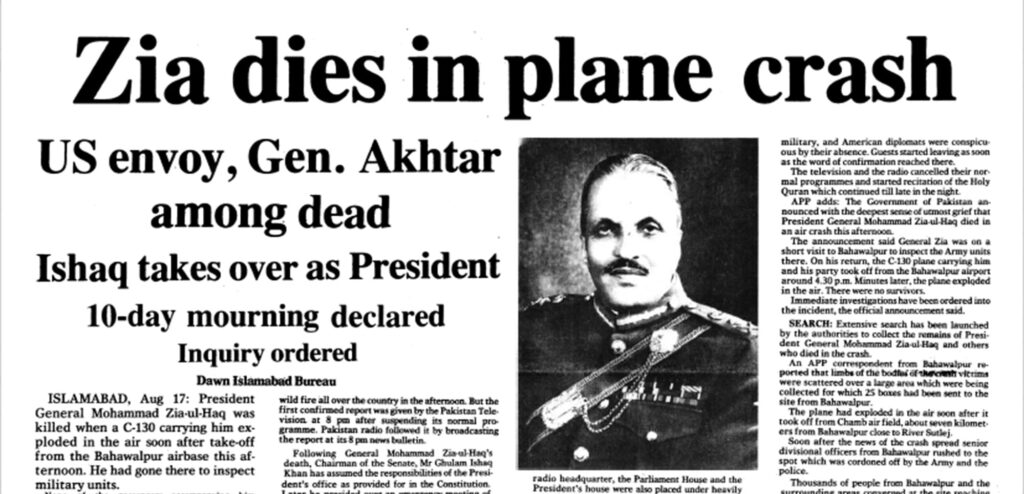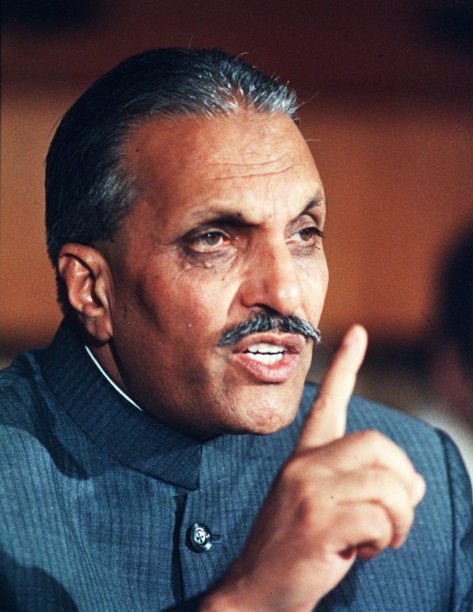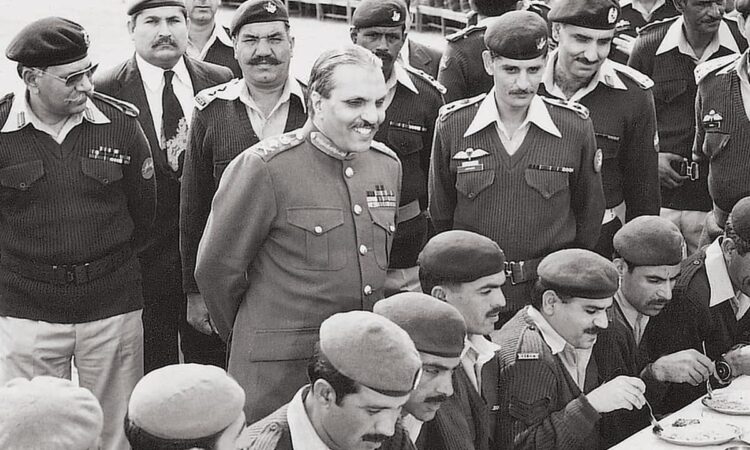This series will cover the history of Modern Pakistan, from the earliest notions of a separatist Muslim governance to the creation of Pakistan and all the way to 2023.
You can read post covering 1857 – 1927 here: A History of Modern Pakistan #1 1857 – 1927
You can read post covering 1927- 1939 here: A History of Modern Pakistan #2 1927 – 1939
You can read post covering 1939 – 1947 here: A History of Modern Pakistan #3 1939 – 1947
You can read post covering 1947 – 1953 here: A History of Modern Pakistan #4 1947 – 1953
You can read post covering 1953 – 1958 here: A History of Modern Pakistan #5 1953 – 1958
You can read post covering 1958 – 1970 here: A History of Modern Pakistan #6 1958 – 1970
You can read post covering 1970 – 1977 here: A History of Modern Pakistan #7 1970 – 1977
Zia ul-Haq as President 1978
By September 1978, most of the PPP were dismissed and the presidential term of Chaudhry Fazal Ilahi also came to an end. Although Zia instated an extension to his presidency, Chaudhry resigned. So Zia assumed Presidency.
As President, Zia made his primary objective to establish an Islamic inclined nation, one that implements the divine Sharia. He believed all previous leaders only paid lip service to Islam.
Zia ordained:
- To continue the ban on alcohol
- To ban nudity in public
- Interest free banking
- Create Islamic Universities
- Set up sharia courts and Ulema councils
- Ordain Hudood punishment
- Make way for Salah in all work areas, i.e. breaks for Zuhr salah
- No public eating in Ramadhan
- Set up a Zakat foundation – with increased fund to empower people to find work or set up a business
- Make Hajj more accessible
- Compulsory Islamic studies
- Introduction of the Blasphemy act
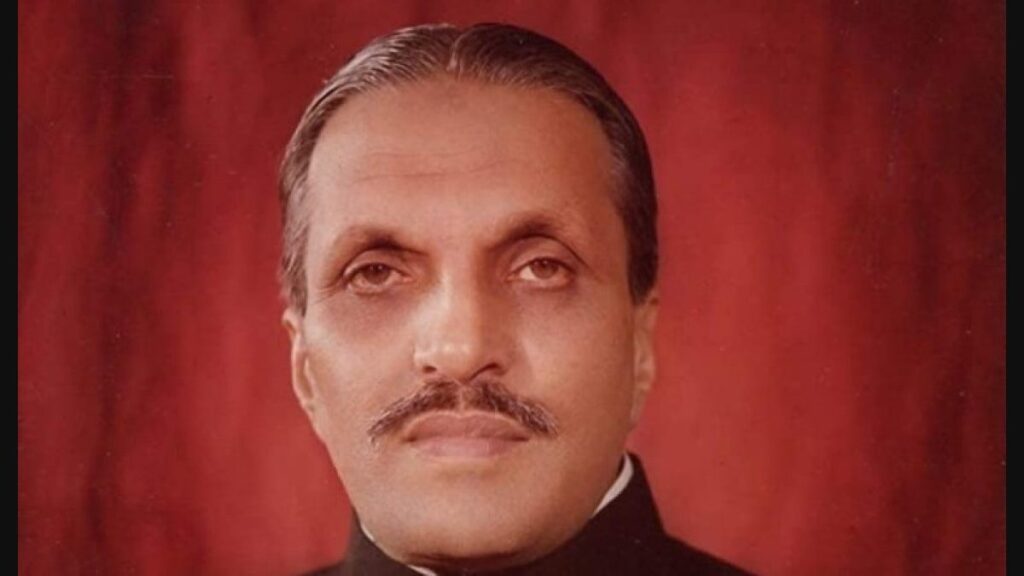
Majlis-e-Shoora
Zia preferred a presidential form of government and a system of decision making by technical experts (a technocracy). Notably Nawaz Sharif was part of this technocracy as the key advisor on business affairs. Zia replaced the National Assembly with a Majlis-e-Shoora.
The President could nominate up to 350 members to the Federal Council. Due representation was to be given to ulama, women, farmers, professionals, laborers, and minorities. The Council would have a chairman and four vice-chairmen, one from each province, all appointed by the President.
The Council could recommend to the President the enactment of a law or the amendment of existing law. It could discuss the annual budget but could not vote on any of its items. The quorum of the Council was one-fourth of its total strength and decisions of the Council were to be taken by consensus of the members present.
This solution was temporary pending restoration of democracy and party politics.
Fifth Five-Year Plans (1978–1983)
The Fifth Five-Year Plan was an attempt to stabilise the economy and improve the standard of living of the poorest segment of the population. There were an increased number of refugees from Afghanistan due to the war with the Soviets, which also meant, increase in defence expenditure. This made Pakistan a Front-Line state which meant resources could not be spent on infrastructure and income generation but staying afloat. Oil Prices had also gone up.
Zia started to undo some of the nationalisation of Bhutto and Pakistan became self-sufficient in all basic foodstuffs.
Bhutto’s Death Sentence 1979
Although Bhutto was released by the end of July 1977 and began touring across Pakistan for his political comeback, he was arrested again in September 1977. Masood Mahmood, the director general of the Federal Security Force who worked closely with Bhutto, testified Bhutto ordered the murder of Kasuri. The courts opened the case again and Bhutto was convicted as the murderer and ordered to be executed. On 4 April 1979 he was executed by hanging.
Many say this charge was fictional and only revived to get rid of Bhutto once and for all.

Bhutto’s legacy
Bhutto and his legacy remain widely discussed in today’s politics and his influence is still felt, as his daughter Benazir became future prime minster and grandson Bilawal is now politically active. From a public point of view, he is hailed as someone who promoted Pakistan patriotism and has given Pakistan a working constitution but from a party stance, he is to blame for economic stagnation. Since everything was nationalised, there weren’t proper businessmen who were driving profit.
Bhutto is also remembered as a nationalist and populist. It is with him, Pakistanis started seeing India and Bangladesh as their enemies and the competition.
When General Yahya was released from house arrest by Zia, he stated, Bhutto was the cause of the loss of Bangladesh as he was obsessed with a Punjab powerhouse. On the other hand, he is also the cause of Pakistan’s nuclear weapons today, which are ever-so important with India’s threat to Pakistan. On an international scale, his image is more positive, as a secular internationalist.
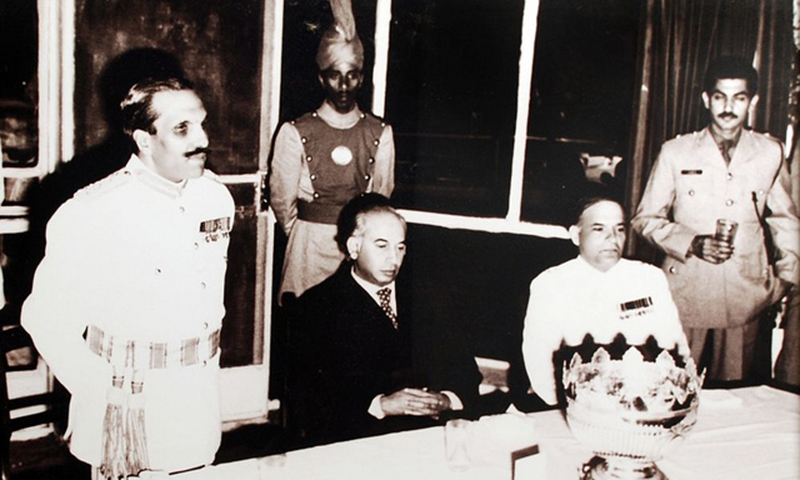
Soviet War 1979
On 25 December 1979, the Soviet Union invaded Afghanistan. Following this invasion, Zia chaired a meeting and was asked by several cabinet members to refrain from interfering in the war, owing to the vastly superior military power of the USSR. Zia, however, was ideologically opposed to the idea of communism taking over a neighbouring country, and it sweeping in to Baluchistan so Zia started to monetarily and militarily aid the Afghan resistance (the Mujahideen).
The US supported Pakistan with an aid package valued at $3.2 billion as well support from Saudi Arabia and other Islamic countries in resources. As a result of Pakistan’s involvement, the Soviets sent 100k troops to attack Pakistan which Pakistan successfully defended killing 50k Soviet troops.
Sixth Five-Year Plan (1983–88)
Now that the private sector had been established once again, Zia was keen to increase investment in the companies, increase agricultural productivity and export. Zia also wanted to increase spending on health and education.
Over the five years, the economy grew at the targeted average of 6.5%.
1984 Referendum
Due to the Soviet war, Zia hadn’t yet planned any elections. He felt Pakistan needed a stable form of government at the world stage in fighting the Soviets however as seven years had passed with Zia as a self-elected President, some began describing him as a Dictator.
He decided to hold a referendum in Dec 1984, asking the people whether they wanted Zia as the future President. There was only a 20% turnout of voters, but 97.8% of them were cast in favour of Zia. This gave Zia mandate to continue.
1985 General Elections
Although Zia had a mandate, he faced pressure from the west to hold nationwide general elections to embody a democratic-capitalist type of society. Zia restored the 1973 constitution, and a general election was set for Feb 1985. Zia continued to suspend political parties, but candidates could be elected as independents.
Around 1,300 candidates contested the elections, and required to have 50 nominees from the constituency they wished to stand in. There was a faction of politicians who boycotted the elections too. 237 candidates were elected, and Zia retained the right to appoint the Prime Minister. He chose Muhammad Khan Junejo to become Prime Minister.
Before handing over the power to the new government and lifting the martial law, Zia got the new legislature to retroactively accept all of his actions of the past eight years, including his coup of 1977. He also managed to get several amendments passed, most notably the Eighth Amendment, which granted ‘reserve powers’ to the president to dissolve the Parliament; in cases where the government had been toppled by a vote of no confidence and it was obvious that no one could form a government, or the government could not function in a constitutional manner.
He could also appoint the Prime Minister, appoint provincial governors and the chief of the armed forces. The Majlis-e-Shoora was to be replaced by the newly elected assembly, the new legislative branch.
Junejo as Prime Minister
Junejo went onto establish the pro-Zia Pakistani Muslim League. However, his support for Zia and his vision was short lived. Junejo was not that keen on the Islamization of Zia and worked to end the Martial Law, so full democracy could be restored with the political parties involved in legislation.
Martial Law was eventually lifted and many of Zia’s military left their cabinet posts, with the exception of defence and interior.
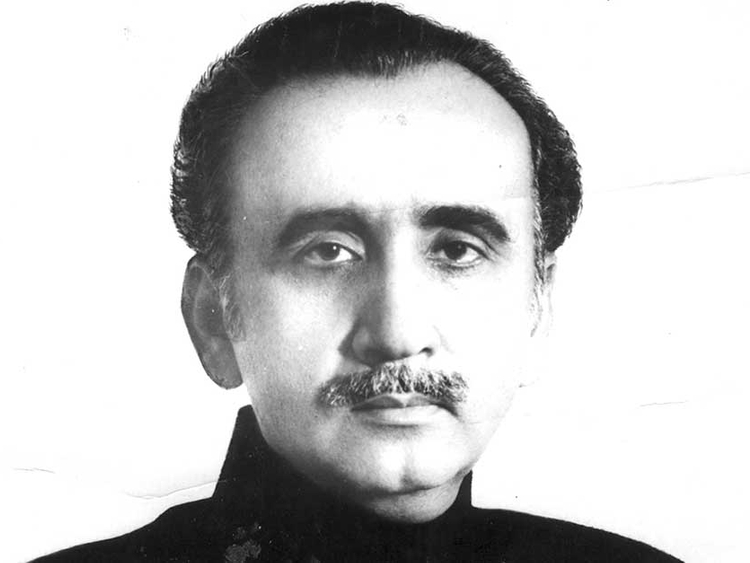
Ojheri Camp disaster and Junejo removed
In April 1988, an army ammunition storage at the Ojheri camp in Rawalpindi was blown up and more than 100 people died. Junejo called for a parliamentary inquiry to overlook the incident.
Soon after, Zia surprisingly dissolved the Parliament due to deterioration of law and order and government could not be run in accordance with the Constitution. Rumours were Zia was protecting his military colleagues in their involvement in the Ojhri Camp disaster. This was also the first example of abuse of power from Zia, enacting the 8th amendment for personal gain.
Zia promised to hold elections within the next 90 days. Benazir Butto started rallying support for a new type of government and returned as leader of the PPP.
Zia’s death
After witnessing a tank demonstration in Bahawalpur in Aug 1988, Zia left to return to Islamabad by air. The plane took off smoothly, but then began to fly erratically, eventually it nosedived and exploded on impact. Zia and 31 others died.
An inquiry concluded the plane was sabotaged mechanically and poisonous gasses released to prevent passengers from ejecting. No single suspect could be found.
Ghulam Ishaq Khan, chairman of the Senate, stepped in as acting President. He announced free and fair elections will continue to be held.
